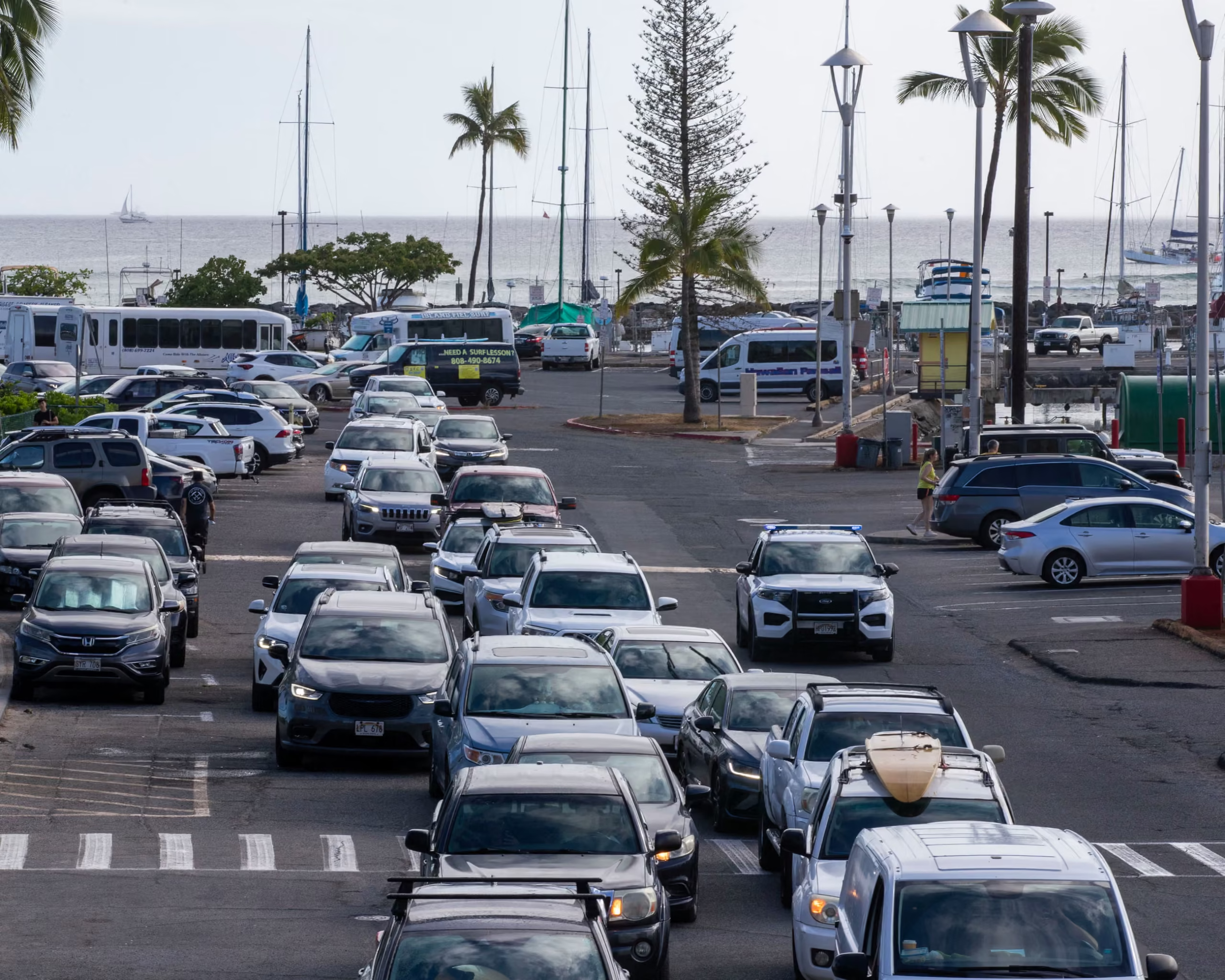Tsunami alert triggers mass evacuations across the Pacific—within hours of a massive magnitude‑8.8 earthquake striking off Russia’s Kamchatka Peninsula on July 30, 2025, coastal regions from Japan to Hawaii, Guam, and the U.S. West Coast were plunged into emergency action. Residents were urged to move to higher ground or seek shelter in recommended zones as waves began arriving or were anticipated in the hours that followed.
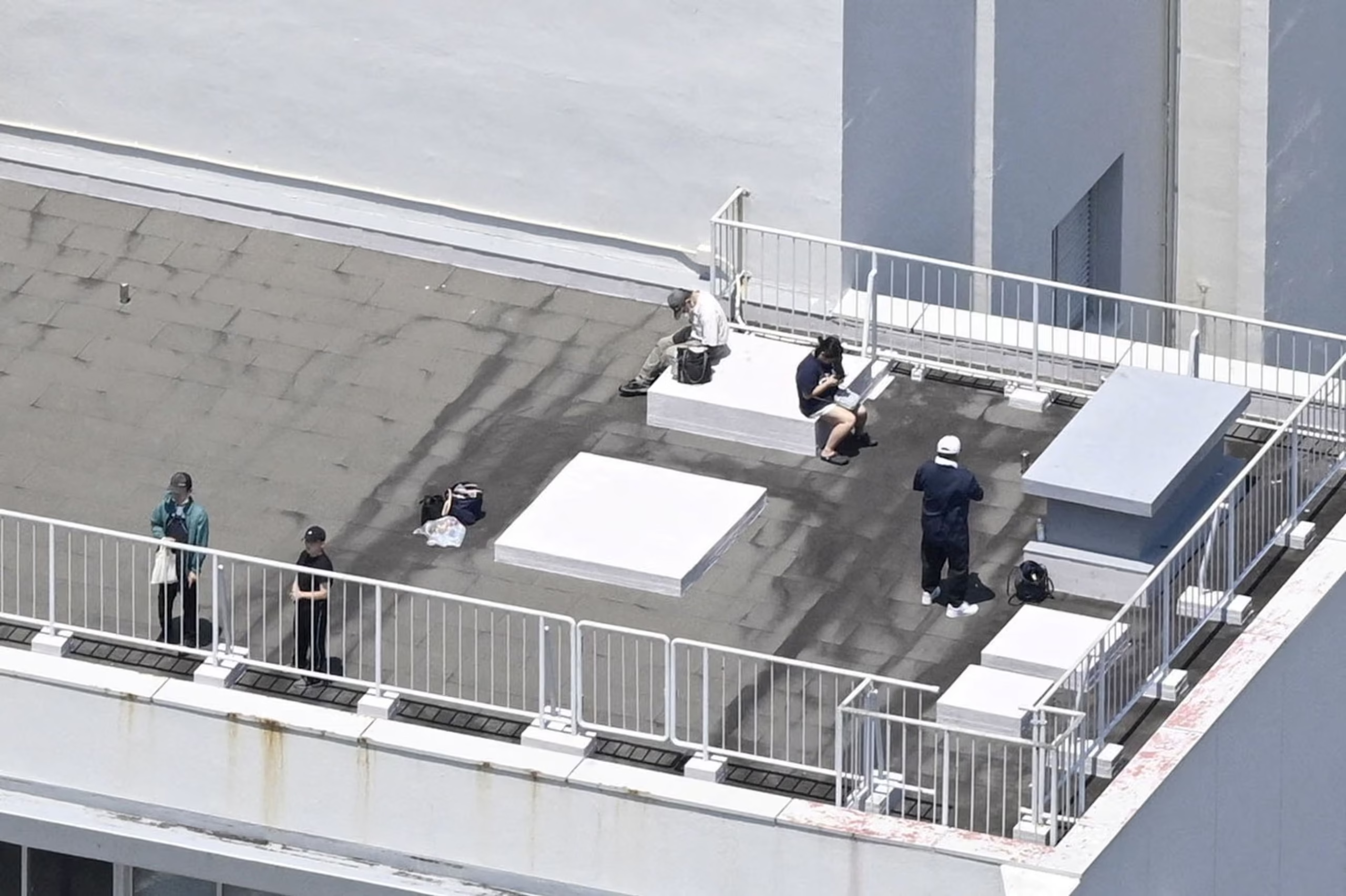
Unprecedented Earthquake in Russia’s Far East
A magnitude‑8.8 quake, one of the most powerful in the region in decades, struck at a shallow depth off Russia’s eastern coast, near Petropavlovsk‑Kamchatsky. It generated tsunami waves as tall as 5 metres in Severo‑Kurilsk, partially flooding ports, sweeping boats from moorings, and prompting emergency evacuations. Minor injuries and infrastructure damage were reported in remote parts of Kamchatka.
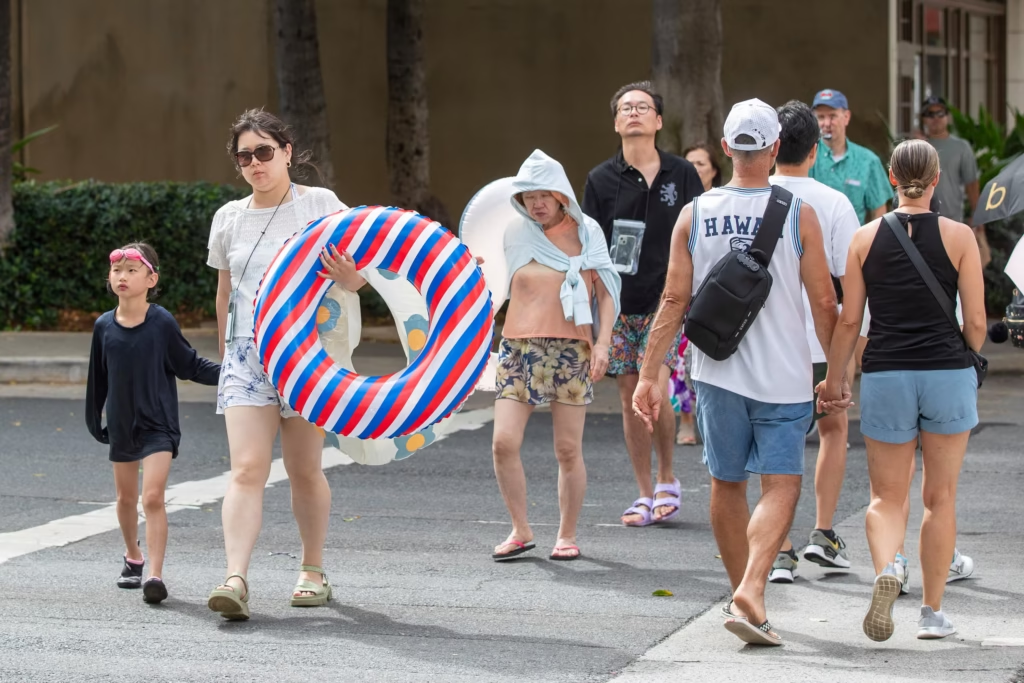
Russian officials declared a state of emergency in the northern Kuril Islands and confirmed this was the most severe tremor since the 1952 Severo‑Kurilsk event.
Evacuations Across Japan and the Pacific
In Japan, authorities issued tsunami warnings affecting over 1.9 million people across multiple prefectures, especially in northern areas like Hokkaido. Residents were instructed to evacuate inland or to designated safe structures. Footage showed people sheltered on rooftops and under tents as authorities prepared for potential power outages and longer stays. Evacuation efforts included schools, city halls, and kindergartens in coastal zones.
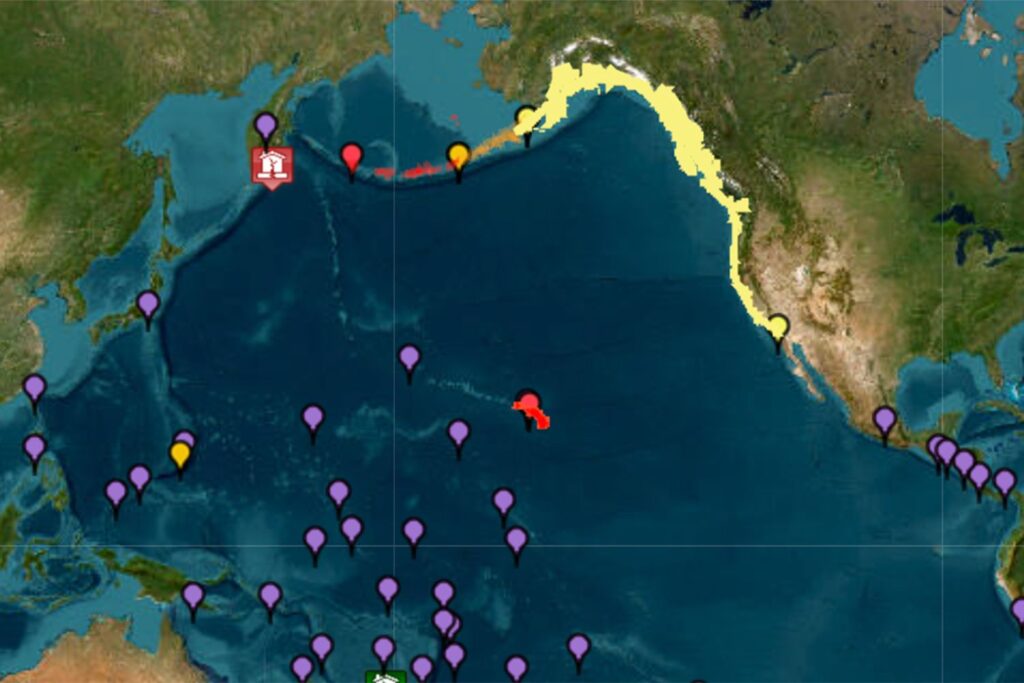
In Guam, locals, including Sam Mabini, moved to higher ground near Tamuning, joining others clustered in elevated neighborhoods like Agana Heights.
Hawaii’s Response: Waves Arrive, Minimal Damage
Hawaii went into full alert. Coastal residents in Honolulu and other islands heeded warnings and moved inland or sought safety on higher floors. Heavy traffic ensued during peak rush hour as people evacuated.
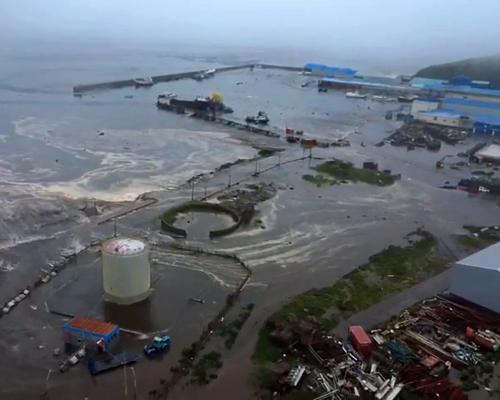
Waves of up to 1.7 metres (roughly 5.5 feet) were recorded at several monitoring stations, though officials noted no “wave of consequence.” Flights at Hilo International Airport were suspended temporarily. Unusually, tsunami sirens sounded across islands, a rare event noted by residents.
Broader Alerts and International Preparedness
The U.S. West Coast—including California, Oregon, Washington, and Alaska—was placed under tsunami advisory or warning status, with forecasts warning of waves 1–3 metres high in some regions.
Other countries on alert included Canada, Taiwan, the Philippines, South Korea, China, Indonesia, New Zealand, Peru, Chile and Ecuador, reflecting the global reach of the event across four continents. Pacific island territories such as the Northern Mariana Islands, Micronesia, and American Samoa also issued safety advisories.
Scientific Context and Aftershocks
Seismologists highlight that the Kamchatka region sits atop a major subduction zone—the Kuril‑Kamchatka Trench, and quakes of this scale (M8+) are rare but historically catastrophic. The 1952 event produced waves exceeding 15 m locally .
This Wednesday’s quake is the strongest observed in the area since 1952. Several strong aftershocks—some above magnitude 7—have followed, emphasizing ongoing seismic volatility and the need for sustained vigilance.
Safety Measures and What to Do Now
Authorities in all affected regions issued unified advice:
- Immediately evacuate coastal and river-mouth areas, moving inland or to higher levels.
- Avoid beaches, harbors, coastal roads, and rivers.
- Follow local authorities’ updates and do not return until official clearance.
- Prepare for multiple tsunami waves arriving hours apart.
Systems such as Japan’s JMA Tsunami Warning System and the U.S. National Tsunami Warning Center deployed alerts ranging from watches to emergency warnings. Washington Post
Conclusion
This unprecedented seismic event on July 30, 2025, has sent shockwaves—literally—across the Pacific Rim. From the flooding of remote Russian ports to organized evacuations in Japan, Guam, and Hawaii, the response has been swift. Thanks to prompt alerts, preparedness, and adherence to safety procedures, casualties remain low and further damage limited. Nevertheless, the risk continues—multiple waves may follow, and aftershocks may occur. Communities and authorities remain on high alert as recovery and monitoring efforts continue.
Subscribe to trusted news sites like USnewsSphere.com for continuous updates.


